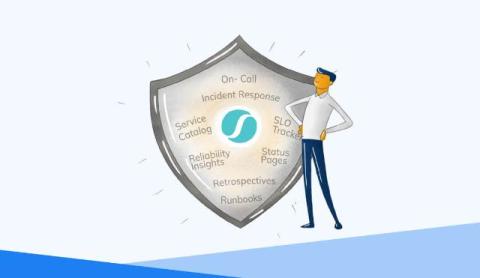Top Features to Look for in Enterprise Incident Management Software
Are you tired of dealing with unexpected system crashes and the chaos they bring? You're not alone. For enterprise SREs, DevOps, and IT Operations teams, mastering incident management goes beyond just fixing problems; it’s about preventing them. According to a recent report, incident volume within enterprise companies rose by 16% during 2023, highlighting the growing complexity and risk in digital operations. This underscores the urgent need for robust incident management solutions.











